Uncategorized
-
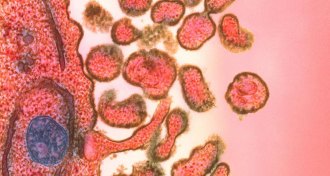 Health & Medicine
Health & MedicineMeasles erases the immune system’s memory
The measles virus can usher in other infections for months, or even years.
-
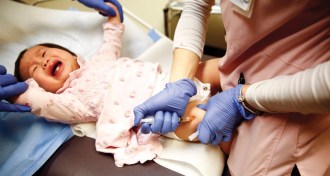 Health & Medicine
Health & MedicineFinding common ground can reduce parents’ hesitation about vaccines
Physicians are examining whether discussing shared health goals can bring vaccine-hesitant parents on board.
-
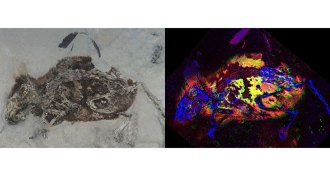 Paleontology
PaleontologySigns of red pigment were spotted in a fossil for the first time
For the first time, scientists have identified the chemical fingerprint of red pigment in a fossil.
-
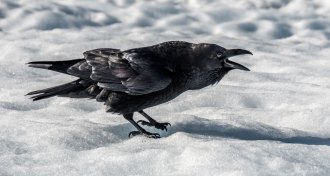 Animals
AnimalsBad moods could be contagious among ravens
Ravens may pick up and share their compatriots’ negativity, a study on the social intelligence of these animals suggests.
-
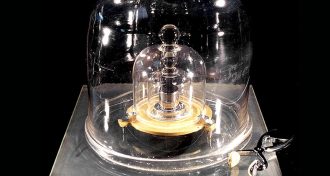 Physics
PhysicsThe kilogram just got a revamp. A unit of time might be next
After years of preparation, new definitions for the basic units of mass, temperature and more have now gone into effect.
-
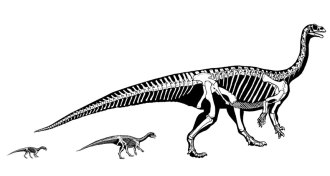 Paleontology
PaleontologyThis early sauropod went from walking on four legs to two as it grew
A new computer analysis shows how Mussaurus patagonicus' center of gravity changed as the dinosaur grew.
-
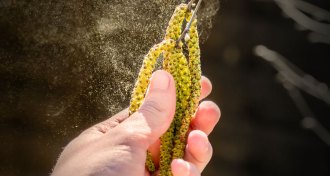 Health & Medicine
Health & MedicineHow allergens in pollen help plants do more than make you sneeze
A plant’s view of what humans call allergens in pollen grains involves a lot of crucial biology. And sex.
By Susan Milius -
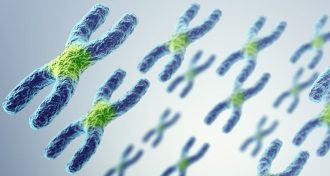 Genetics
GeneticsKey parts of a fruit fly’s genetic makeup have finally been decoded
Jumping genes may make it possible to divvy up chromosomes.
-
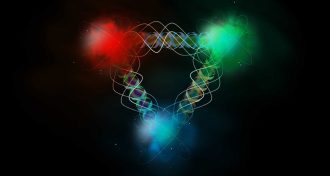 Quantum Physics
Quantum PhysicsAn experiment hints at quantum entanglement inside protons
Particles inside protons seem to be linked on a scale smaller than a trillionth of a millimeter.
-
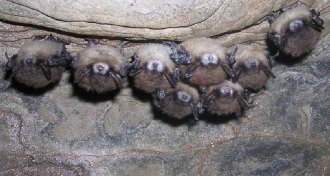 Animals
AnimalsVaccines may help bats fight white nose syndrome
Researchers are developing an oral vaccine that helps little brown bats survive the fungal disease white nose syndrome.
-
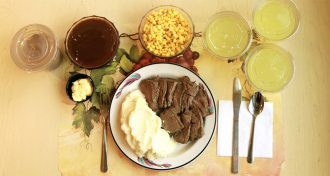 Health & Medicine
Health & MedicineDoes eating ultraprocessed food affect weight gain? It’s complicated
Laying off ultraprocessed foods and switching to whole foods may help some people manage their weight, a small study finds.
-
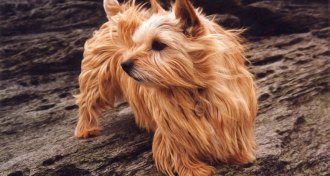 Animals
AnimalsSome dog breeds may have trouble breathing because of a mutated gene
Norwich terriers don’t have flat snouts, but can suffer the same wheezing as bulldogs. It turns out that a gene mutation tied to swelling could be to blame.